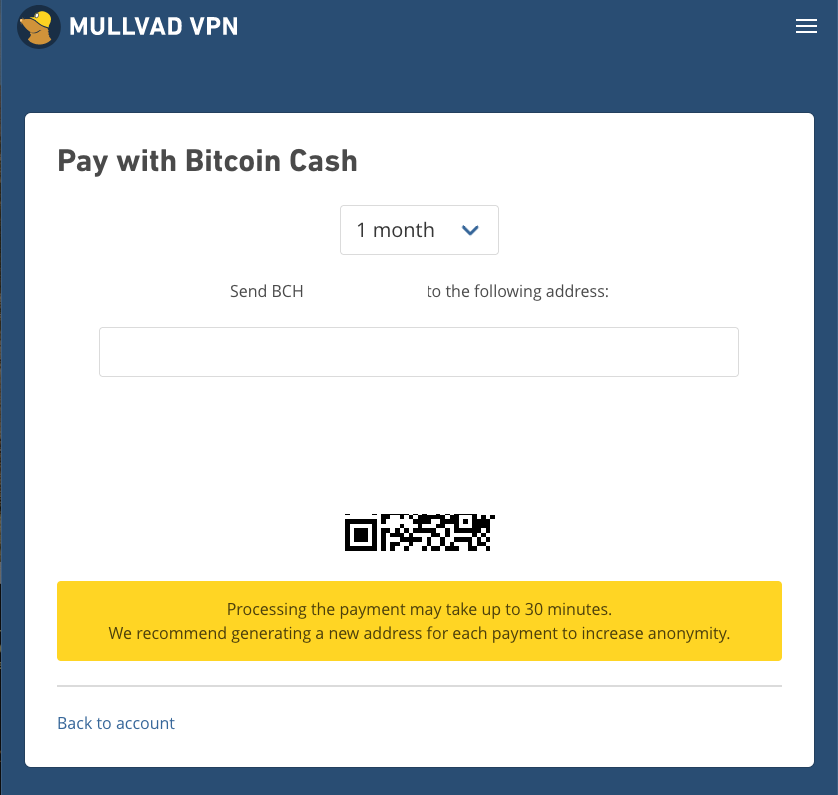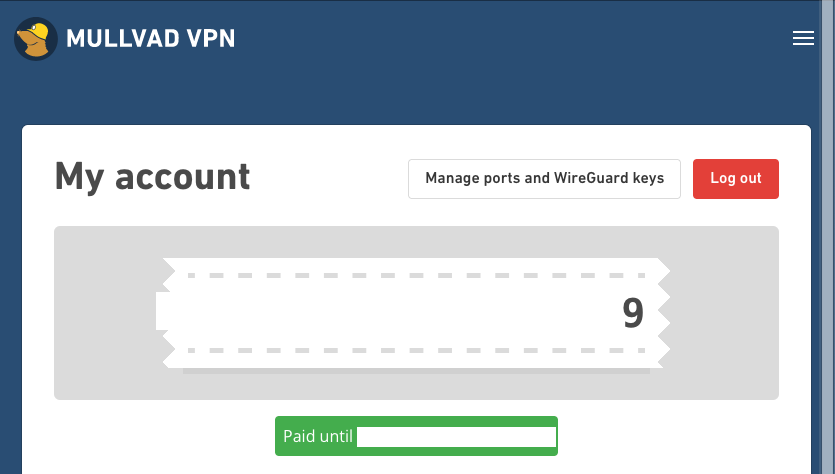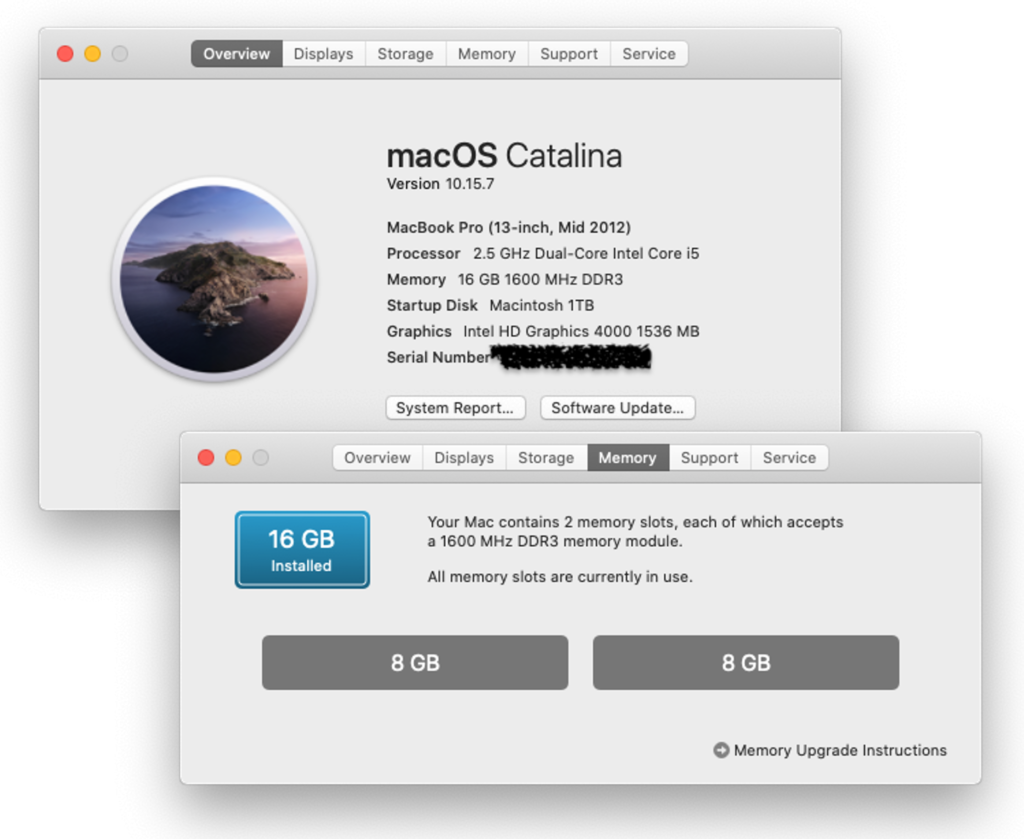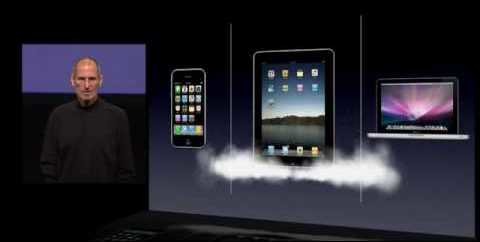I recently paid for my VPN service with cryptocurrency.
The service is designed so it knows nothing about my identity.
No signup – just a string as user ID.

It accepts cryptocurrency (Bitcoin and Bitcoin Cash), and even adds a 10% discount.

There is no real account management with profile or settings. Just VPN keys to be generated.

The service itself claims to not log anything, and audits itself regularly.
We want you to remain anonymous. When you sign up for Mullvad, we do not ask for any personal information – no username, no password, no email address. Instead, a random account number is generated, a so-called numbered account. This number is the only identifier a person needs in order to use a Mullvad account. This is a fundamental difference that sets us apart from most other services.
and
We log nothing whatsoever that can be connected to a numbered account’s activity
– No-logging of user activity policy.
Not having to deal with all of this overhead makes using the service magical. It also means that for the team, the definition of the product is very narrow – just the VPN service, nothing else. No log management, customer profile management, ad partner management and on and on – nothing that’s not core to the service. They get paid for what they deliver.
It has to be just a matter of time before this frictionlessness becomes the norm.



